BY SUZANNE HAZLETT, MBA, CIMA®, CFP®
“Not getting what you want is sometimes a wonderful stroke of luck.” – Dalai Lama

According to Reuters, layoffs announced by U.S. employers jumped 245 percent in February, with federal government job cuts leading the surge. Government agencies accounted for the bulk of these layoffs, with 62,530 federal workers dismissed in the first two months of 2025. That’s an increase of 41,311 percent compared to the same period in 2024.
For many Americans, employer-sponsored retirement plans represent the lion’s share of their savings strategy. But what happens when your employment ends?
You typically have four options for your account held in a former employer’s retirement plan:
- Cash-out the account
- Leave the money in the former employer’s plan if permitted
Rollover the assets to a new employer’s plan if one is available
Rollover the assets to an Individual Retirement Account (IRA)
Cashing out is called a distribution, and the plan administrator must withhold 20% of the distributed amount and send it to the IRS to be applied to the income tax. Also, if the distribution occurs before the plan’s retirement age, you will owe the IRS an additional 10% penalty for the early or premature distribution.
Leaving the money in your former employer’s plan may incur increased fees and expenses, limited services, and limited investment options. However, it would avoid tax implications and potentially protect the assets from creditors and legal judgments.
If allowed, rolling the assets to your new employer’s plan may also provide limited services but would also avoid tax implications and potentially protect the assets.
A rollover to an IRA opens the realm of investment possibilities. Fees and expenses would be specific to the custodian firm and investment product. Service options could be extensive. Protection from creditors and legal judgments would be state-specific.
Gathering all necessary information and reviewing the decision factors will help narrow the options that best serve your objectives.
Suzanne Hazlett, MBA, CIMA®, CFP®, is a Certified Investment Management Analyst® and CERTIFIED FINANCIAL PLANNERTM professional. Investment advisory services are offered through Raymond James Financial Services Advisors, Inc. Securities are offered through Raymond James Financial Services, Inc., member FINRA/SIPC. Raymond James and its advisors do not offer tax or legal advice. You should discuss tax and legal matters with the appropriate professional. This information should not be construed as a recommendation. Investing involves risk, and you may incur a profit or loss regardless of the strategy selected. HAZLETT WEALTH MANAGEMENT, LLC is independent of Raymond James and is not a registered broker/dealer. 675 Sun Valley Road, Suite J1 + J2, Ketchum, Idaho, 83340 208.726.0605 HazlettWealthManagement.com


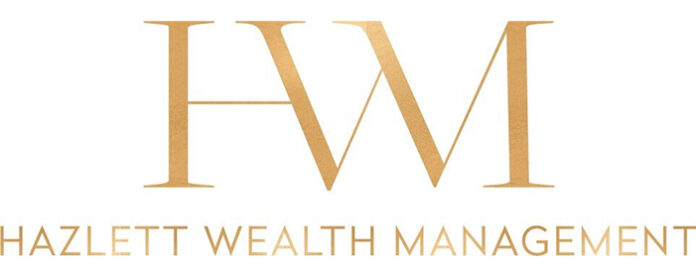
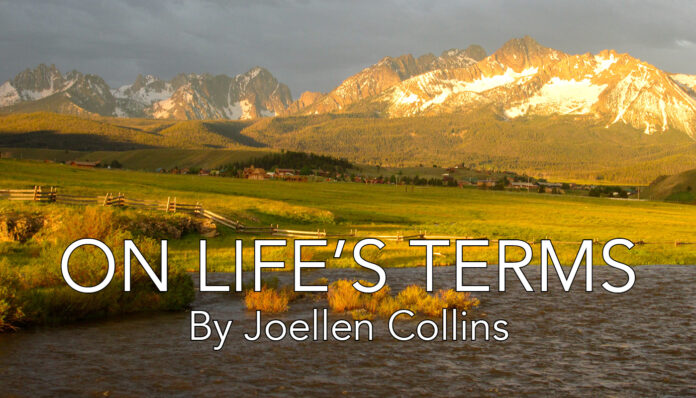
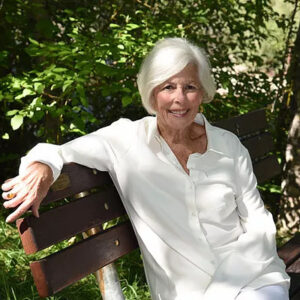
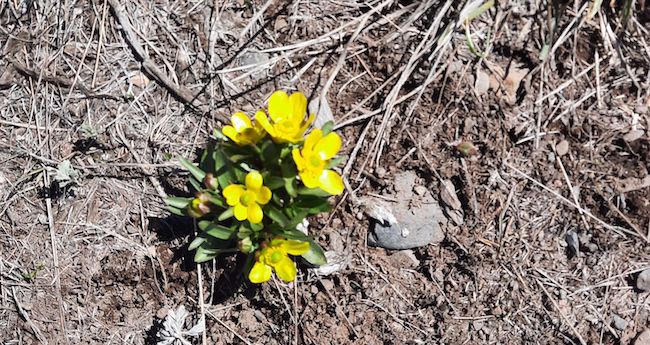
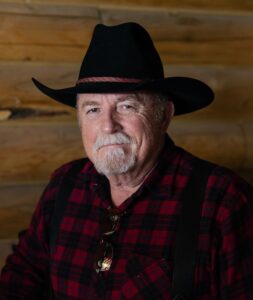

 And even in markets experiencing more modest price growth or slight short-term declines, the long game of homeownership wins over time.
And even in markets experiencing more modest price growth or slight short-term declines, the long game of homeownership wins over time.



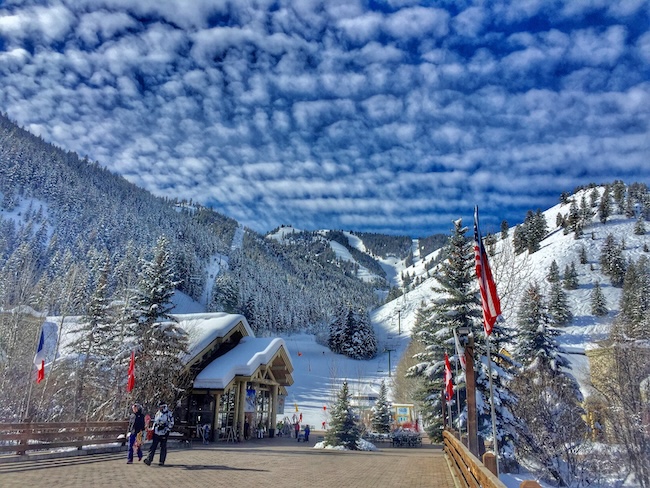




Full Send
BY HARRY WEEKES
It is a midmorning Sunday in April. From where I am sitting, a male harrier is making tight circles, riding hidden thermals up the canyon and over the house. Magpies are moving between the junipers, where they are building one of their fabulously chaotic stick nests, and the nearby hills. On those hills is a small herd of mule deer working north. Some kind of chipmunk frantically cruises the backyard, poking his or her head out of the stone wall before showing up atop the sage. All of this is against a backdrop of bird song—house finches, song sparrows, spotted towhees and robins. This is literally right NOW.
If I aggregate the last couple of days, I would add the increased visibility and movement of ground squirrels; accidentally following a red-tailed hawk as it cruised over Indian Creek Road to its nest in the blue spruce outside my neighbors’ house; the return of the kestrels to the nestbox at the end of the driveway; flushing gray partridges from the trees by the garage; evidence (during raking) that the voles had a pretty good year feasting on what is now the remnants of my lawn; the great and small flocks of juncos and white-crowned sparrows; moving elk; and reports from the field of bobcats, fox, and more ground squirrels.
As though to intentionally add to the now, the local red-tailed just decided to explore our little canyon, much to the chagrin of the harrier, who spent the last five minutes in swooping bombardment. The avian message was clear and received—“Occupied.”
And that’s just the animals (and only some of them).
Coming home, in the afternoon light, the catkins on our aspens literally glow with fuzz. It’s about to be “sticky season” for anyone living even close to a cottonwood tree, and from the first full dandelion flowers I have seen, to beautiful spring-green shoots coming up, well, folks, it’s about to go full send.
OK, to be fair and more accurate, it’s not “go full send” it’s just “full send.”
Our natural world is about to send it. Big time.
The Rubicon has been crossed. The boats and bridges have been burned. The hunkering down next to the pond in a driving snow and freezing temperatures and wondering if, perhaps, this year you came back just a little bit early, is over.
It is time to buzz, whistle, and sing. It is time to put on colors, shake off four months of subterranean napping, and unfurl the leaves. It is time to lose that mangy coat, give birth to the babies that have been gestating all winter, and start putting some plusses in the pounds column. Push the roots down, pop the flowers up, and pass the appetizer trays of grass stems and emerging insects.
In the Pond Skim of life, the tentative turns at the top are giving way to the tuck in the middle. If you’re going to make, it’s time to send it.
There is no better season to show that we are animals, too. Bikers, walkers, hikers, and runners emerge like the harvester ants, warmed by the sun and abuzz with activity. Lunch moves outside, and so do the toes—flipflops adding their snappy little punctuation, as if to say, “Yep, it’s spring.”
And this is what commitment looks like in the natural world. What commitment feels like. Thousands and thousands of organisms seemingly celebrating that this is a wonderful place to be, to live.
I couldn’t agree more.
Harry Weekes is the founder and head of school at The Sage School in Hailey. This is his 53rd year in the Wood River Valley, where he lives with Hilary and two mini-Dachshunds. The baby members of their flock have now become adults—Georgia and Simon are fledging in North Carolina, and Penelope is fledging in Vermont.